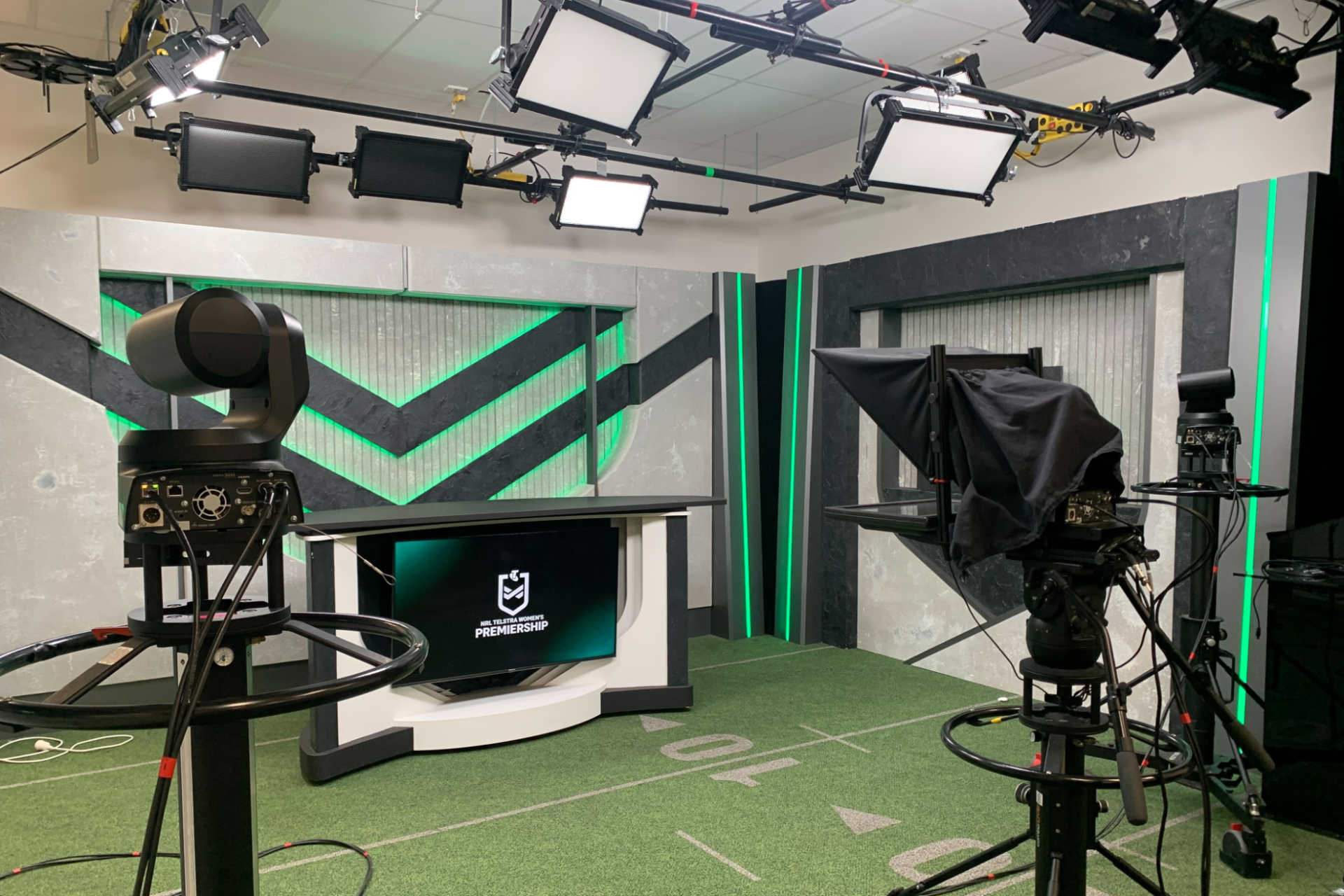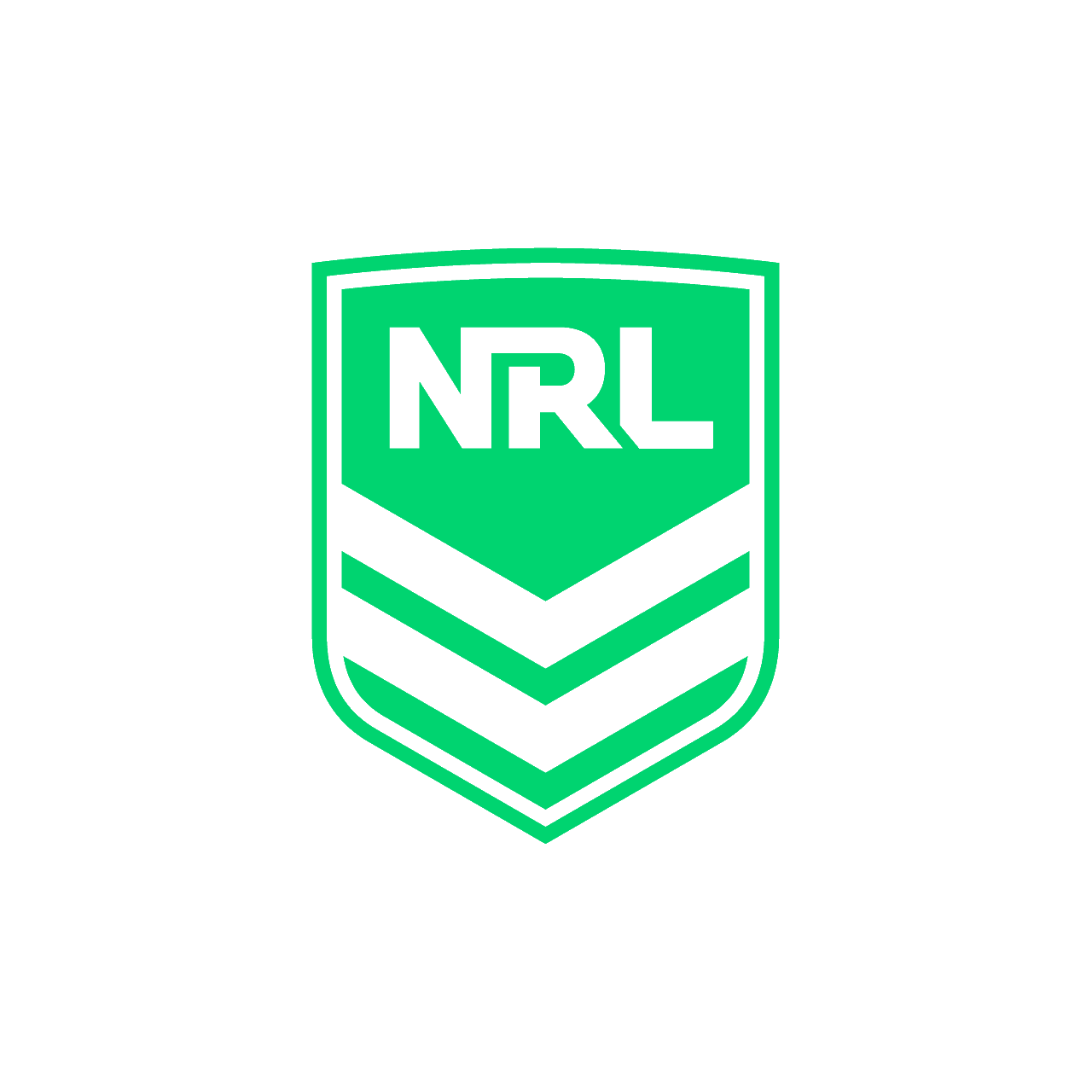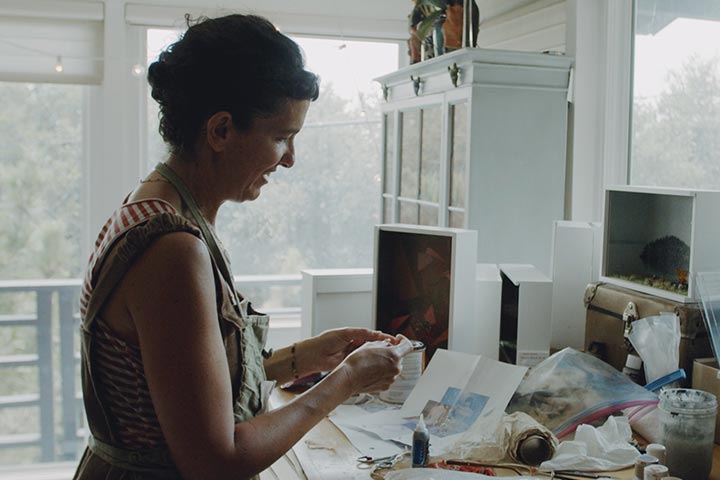Спорт об'єднує людей. Тисячі вболівальників збираються на аренах і стадіонах по всьому світу, щоб уболівати за свої команди, а ще мільйони дивляться матчі по телевізору й онлайн. Однак багато людей активно працюють за лаштунками, щоб забезпечити високу якість перегляду для глядачів, які не перебувають на стадіоні.
Я приєдналася до Національної ліги регбі Австралії (NRL) у 2020 році. Національна ліга регбі володіє правами на трансляцію регбійних матчів в Австралії, і ми використовуємо нашу інтелектуальну власність, продаючи ці права різним каналам, зокрема Channel 9 і Fox Sports. Ми паралельно працюємо над нашим вебсайтом, який доповнює телевізійні трансляції.
Національна ліга регбі почала застосовувати Dropbox у 2017 році головним чином, щоб керувати тим, як партнери використовували наші ресурси. Наша ліга отримує прибуток, продаючи відеозаписи ігор, і раніше будь-хто міг створити обліковку, щоб придбати їх. Після купівлі Національна ліга регбі надсилала відповідній особі посилання з необмеженим терміном дії, тому всі користувачі завжди могли поділитися ним з іншими особами. Ліга втрачала прибуток, адже не могла керувати використанням свого вмісту клієнтами.
Протягом наступних кількох років рішення Dropbox перетворилося на централізовано керовану корпоративну платформу для обміну даними, за допомогою якої ми могли контролювати всі внутрішні й зовнішні обліковки на корпоративному рівні. Замість того, щоб переадресовувати користувачів на FTP-сайт, Національна ліга регбі створювала спеціальні папки Dropbox, які надавали обмежений доступ до відзнятих матеріалів, якими власник прав володів або які він міг використовувати. Для команди стало справжнім відкриттям те, що вона бачила, до якого матеріалу користувачі отримували доступ і коли. Більшість співробітників Національної ліги регбі вже були знайомі з Dropbox, тому їм не доводилося навчатися використанню цієї платформи.
Перш ніж я приєдналася до Національної ліги регбі, я сприймала Dropbox як суто платформу для зберігання даних. Але коли я стала директором із виробництва, то помітила інші можливості Dropbox, які намагалася використовувати в усій нашій діяльності.
Не лише сховище, а й розумний обмін даними
Я відповідаю за все, пов'язане з мультимедійними службами, зокрема за ліцензійні угоди на необроблені відеоматеріали та створення вмісту для внутрішніх і зовнішніх клієнтів.
Для цього потрібно обмінюватися файлами із зовнішніми партнерами. Наші редактори працюють із великими файлами, які непросто надіслати електронною поштою, тому нам був потрібен ефективний спосіб надавати матеріали клієнтам. Ми спростили надсилання великих файлів зовнішнім партнерам за допомогою Dropbox, тому нам більше не потрібно турбуватися про обмежене місце.
Усі наші знімальні групи та фотографи-фрілансери використовують Dropbox. Раніше багато фотографів-фрілансерів і операторів для надсилання файлів використовували свої особисті обліковки Dropbox, але вони надсилали їх у різні місця, тому нам було важко відстежувати всі процеси.
Функція запиту файлів у Dropbox вирішує цю проблему, адже я можу запитати файл і визначити, де його буде збережено. Фотограф отримує запит, і йому навіть не потрібна обліковка Dropbox. Після передавання файлів у Dropbox вони автоматично зберігаються в потрібній папці. Це дає змогу впорядкувати всі процеси й заощадити час, витрачений на отримання та пошук матеріалів.
Забезпечення структури, контролю та видимості за допомогою груп Dropbox
Перехід на обліковку команди Dropbox також сприяв внутрішній організації. До створення обліковки команди кожен відділ Національної ліги регбі й окремі співробітники використовували власні особисті обліковки Dropbox, що обмежувало наш адміністративний контроль. Усі працюють на одній платформі, тому адміністратори отримують більше можливостей керування.
За допомогою функції груп у Dropbox я створюю групу для кожного відділу. Потім я можу надати доступ до конкретних папок, щоб кожен користувач міг швидко та легко знайти лише потрібні йому дані. Як адміністратор я також можу встановлювати терміни дії для файлів, переглядати, яким вмістом обмінюються користувачі, і відстежувати, хто завантажив і відкрив файли. Я також можу дозволяти чи забороняти доступ або переміщувати окремих осіб в інші групи.
Завдяки потужному набору функцій Dropbox ми можемо відстежувати дії з надання спільного доступу до файлів, щоб точно знати, що й коли відбувається з певними користувачами.
Покращена дистанційна співпраця та позбування від ланцюжків електронних листів
Національна ліга регбі завжди вбачала перевагу в упровадженні Dropbox, але пандемія висвітлила важливість різних функцій і пришвидшила наше використання цього продукту. Після першого спалаху пандемії ми знову почали проводити трансляції матчів наживо з певними обмеженнями. Нам потрібен був спосіб швидко ділитися вмістом із телекомпаніями й іншими сторонами, які фізично не могли бути на стадіоні.
Завдяки Dropbox ми могли легко й швидко поширювати матеріали. Замість того, щоб просто ділитися посиланням Dropbox на кожен файл, я створюю папку для кожного з наших зовнішніх партнерів. Потім я додаю його адресу електронної пошти до папки, надаючи йому доступ до потрібних файлів, навіть якщо в партнера немає обліковки Dropbox. Маючи доступ до своєї папки, він може переглядати вміст, який надходить від наших знімальних груп і фотографів.
Редагування відзнятих матеріалів вимагає багато співпраці, що було легко, коли всі співробітники перебували в офісі. Але після переходу на модель віддаленої роботи ви не можете просто підійти до стола колеги, щоб разом переглянути відеоматеріал. Також неможливо відтворити особисті обговорення з використанням електронних листів. Коментарі губилися, коли ми збирали отримані електронною поштою відгуки. Обмін електронними листами відбувався не в режимі реального часу, тому редактор міг отримати ще один лист після завершення редагування, що вимагало додаткової роботи.
Ми покінчили з цим, випробувавши Dropbox Replay, — функцію, яка дає нам змогу переглядати відзнятий матеріал усією командою в режимі реального часу. Завдяки функції Replay ми позбулися нескінченних ланцюжків електронних листів. Я просто надаю посилання Replay і встановлюю термін виконання, до якого учасники команди мають надати відгук, і вони залишають у відеозаписі свої коментарі з точними мітками часу. Ми швидше отримуємо точніші відгуки в одному місці, навіть якщо працюємо в різних розташуваннях.
Завдяки використанню Dropbox на корпоративному рівні ми отримали силу-силенну функцій і переваг.






